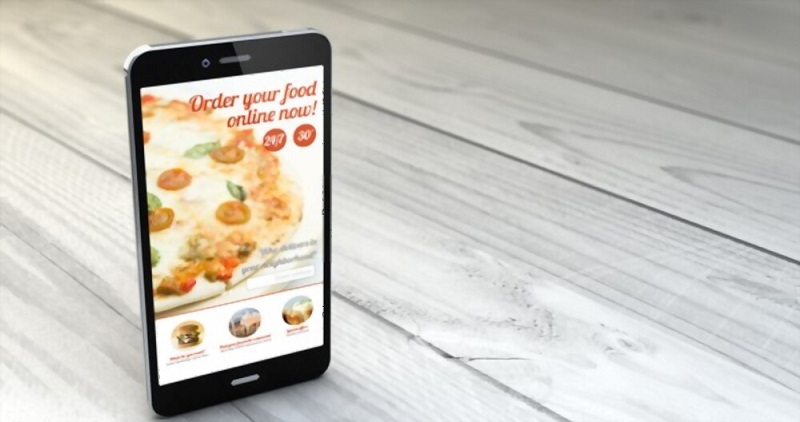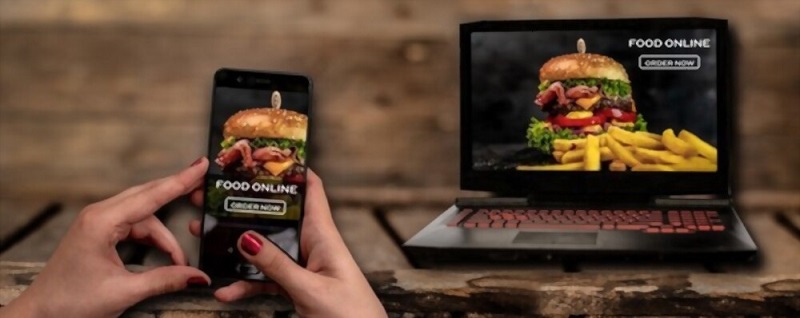Setting Up Online Food Ordering System: Guide To A Seamless Transition
The desire for internet shopping has skyrocketed thanks to COVID-19. Restaurants in Australia and worldwide are under pressure to restrict their client base to comply with social distancing regulations. Thus, online food ordering system that enables customers to place meals and make payments online have become increasingly appealing to consumers. Read on to know more about setting up such unique, highly-functional services to have an overall better understanding!
What Is An Online Food Ordering System? An Overview:
An online food ordering system helps in receiving and managing customers’ food orders with ease. Restaurants can receive and fulfil orders from customers via a website or mobile app. Online food ordering systems are great for businesses because they're flexible.
Online Food Ordering: The Ultimate ConvenienceThere is some upfront work involved in establishing an online food ordering system for your restaurant, but the payoff is substantial.

The best way to save cash:
It's common for intermediary firms like Uber Eats and Deliveroo to deduct up to 30 per cent of each order as their fee. Some initial investment is required to set up an online food ordering system, but once it is operational, ongoing expenses are limited to a subscription fee and a nominal per-transaction charge.
To get more oversized orders:
When ordering food online, customers don't feel as rushed. Research shows that online orders tend to be larger, and most online food ordering systems allow upsell suggestions to be included at the checkout page.
Make use of a lot of leeway and autonomy:
Your online food ordering system can customize everything from product presentation to bundle creation to shipping options.
Online Food Ordering System Setting Guide to Help Your Business Succeed:
You can implement an online food ordering system for your restaurant in one of three ways:
- Linking up straight with your eatery's webpage: First, you should check whether your website server provides any food-ordering plug-ins or modules if you wish to offer an online food-ordering system via your existing website. Though it allows for great versatility, this choice demands significantly more effort than others, particularly during setup.
- Make use of an external app: With the rise of third-party apps, food delivery has become a commonplace service. These apps have a low barrier to entry, but your staff will have to reenter all orders manually into your POS system.
- Choose a unified system: Restaurant POS systems manage orders, payments, employees, and customer information (KDS). It was designed for restaurants, so you can customise it for your cafe or a multi-location chain.
- Choose the most suitable web-based catalogue: For your business there are several online ordering systems to choose from, making it difficult to determine what to prioritize when making a decision. Specifically, you need to think about these things.
- The flexibility of adaptation: An excellent online food ordering system will let you design a custom solution that works for your restaurant and incorporates your brand's colours and aesthetics.
- Interface design: Your clients will be more inclined to peruse your menu and make an order if your website has a sleek, uncluttered, and simple-to-use user experience. If your UI is well-designed, your customers will likely accept upsell recommendations and spend more overall.
- Integrity with your POS system: It can be cumbersome for wait staff to reenter online orders into the POS manually, but this is unnecessary if your restaurant has an online ordering system integrated with the POS.
- Compatible gadgets: Your website's shopping cart should be available from any device, including mobile phones and tablets, so customers can place orders there.
- Multiple modes of distribution: Since COVID-19, restaurants have begun using delivery services more frequently. Make sure that solutions like click-and-collect may be offered as fulfilment through your online food ordering system.
- Loyalty and rewards programs: Loyalty points are a feature offered by several online ordering systems that reward repeat consumers. Customers who feel appreciated are more likely to become repeat buyers and spend more overall.

Conclusion:
As eateries closed due to the COVID-19 pandemic, most rivals switched to e-commerce. Online food ordering systems assist business owners to generate revenue thanks to mobile internet. Third-party platforms like UberEATS facilitate a food supply chain, while branded services can be created following specialised advertising methods.







No comments :
Note: Only a member of this blog may post a comment.